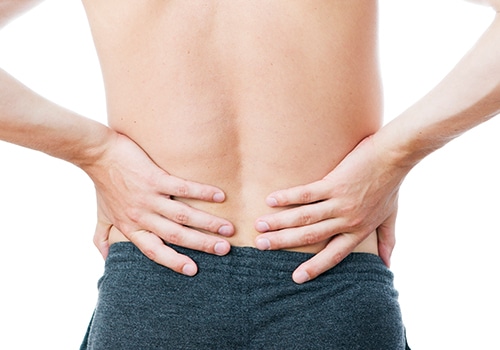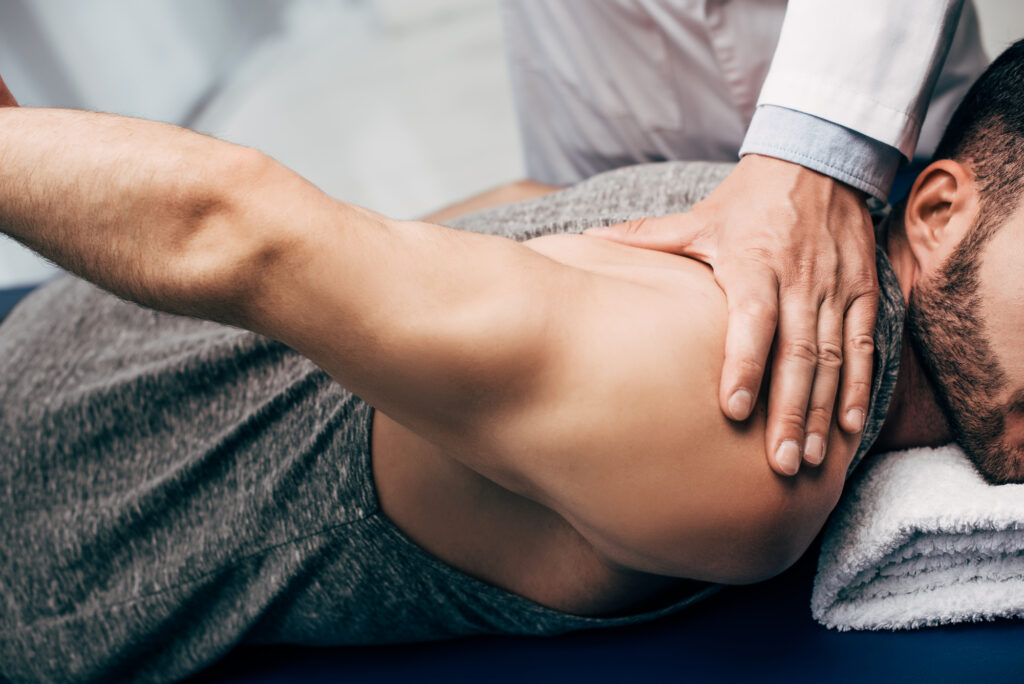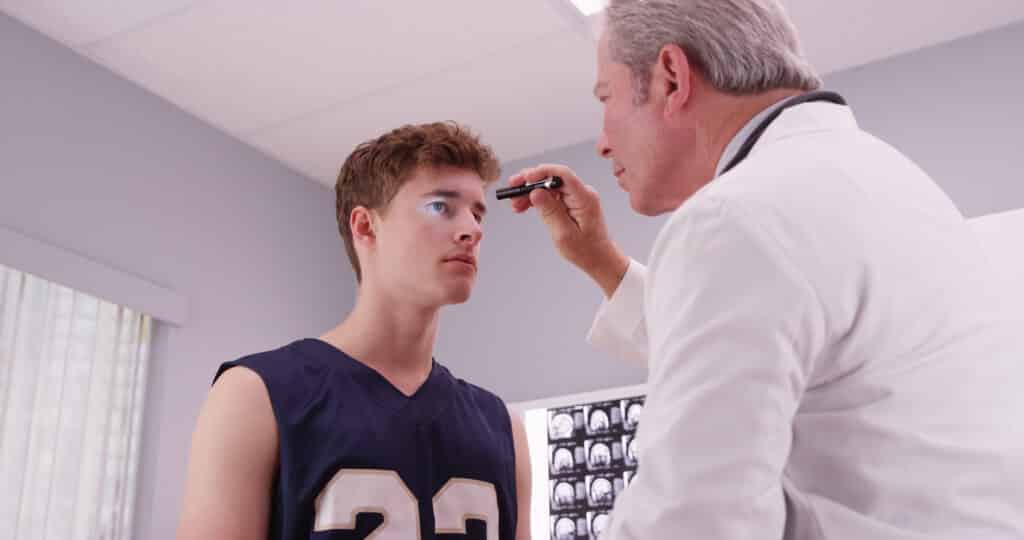Headaches affect millions of people worldwide, with various types of causing discomfort and inconvenience. From tension headaches to migraines, the spectrum of headache types is broad, each presenting unique challenges. In this blog, we will explore how headaches are caused and triggered, and how a chiropractor can help with headaches.
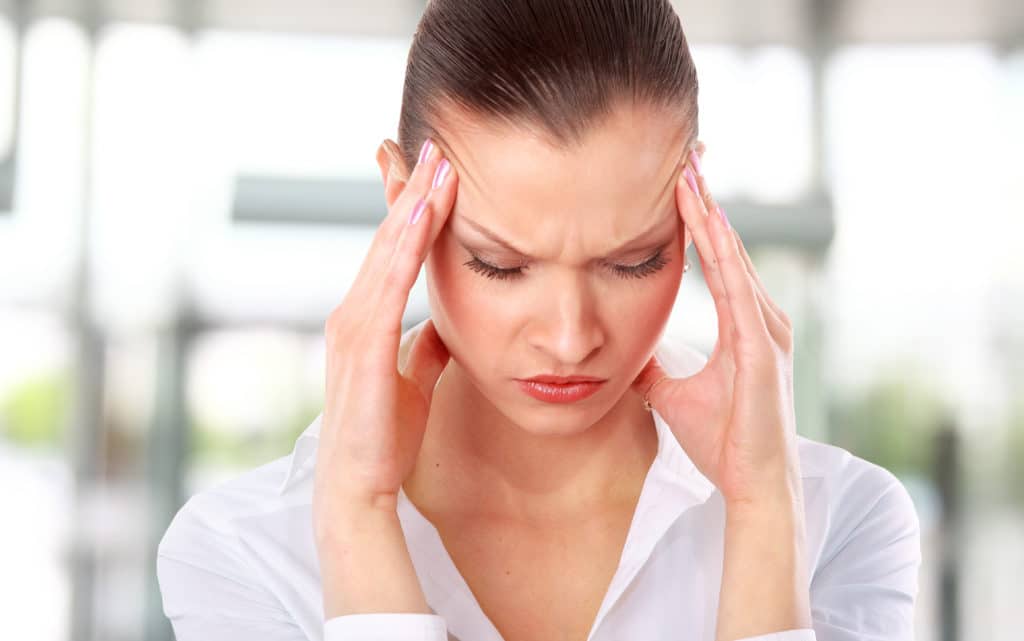
Different Types of Headaches
Tension headaches, migraines, and cluster headaches are some of the most common types of headaches. Here is a closer look at each of those headaches:
Tension Headaches: These are characterized by a dull, aching pain that typically affects both sides of the head. They are often described as a tight band around the forehead or back of the head. Tension headaches can last anywhere from a few hours to several days and are often associated with stress or muscle tension.
Migraine Headaches: Migraines are intense and throbbing headaches that can be accompanied by symptoms such as nausea, vomiting, sensitivity to light and sound, and visual disturbances. They can last for hours or even days and are often debilitating, impacting daily activities and productivity.
Cluster Headaches: Cluster headaches are rare but extremely painful headaches that occur in clusters or groups, typically lasting between 15 minutes to three hours. They often occur suddenly and are characterized by intense pain around one eye or temple, along with symptoms such as redness or tearing of the eye, nasal congestion, and restlessness.
Common Causes and Triggers
Tension headaches can be triggered by stress, poor posture, anxiety, fatigue, and eye strain. Other factors such as dehydration, skipping meals, or caffeine withdrawal can also contribute to their onset.
The exact cause of migraines is not fully understood, but potential triggers include hormonal changes, certain foods, environmental factors (such as bright lights or strong odors), changes in sleep patterns, and emotional stress.
Cluster headaches may be linked to abnormalities in the hypothalamus, a part of the brain that regulates sleep and wake cycles. Triggers for cluster headaches can include alcohol consumption, tobacco smoke, high altitudes, and certain medications.
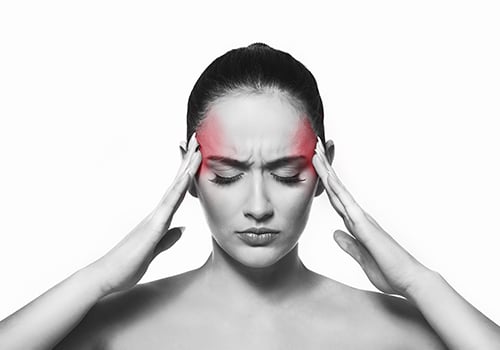
Impact on Daily Life and Well-being
Headaches can significantly impact daily life and overall well-being, affecting individuals physically, mentally, and emotionally. The throbbing pain, sensitivity to light and sound, and associated symptoms like nausea and dizziness can disrupt routine activities, making it challenging to concentrate, work, or engage in social interactions.
Chronic headaches can lead to feelings of frustration, irritability, and stress, affecting mood and quality of life. Moreover, recurring headaches may disrupt sleep patterns, further exacerbating fatigue and impairing cognitive function.
Managing headaches effectively is crucial for restoring balance and enhancing well-being, whether through lifestyle changes, stress management techniques, or medical interventions, allowing individuals to regain control over their lives and enjoy a higher quality of life.
Understanding the different types of headaches, their causes, and their impact on daily life is essential for effective management and treatment. No matter what type of headache, seeking appropriate medical care and adopting preventive strategies can help alleviate symptoms and improve overall well-being.
Chiropractic Approach to Help With Headaches
Chiropractic care offers a holistic and non-invasive approach to help with headaches by addressing underlying issues that may contribute to their onset. By focusing on spinal health and alignment, chiropractors aim to alleviate tension, reduce nerve interference, and promote well-being.
Chiropractic care is based on the principle that proper alignment of the spine and nervous system is essential for optimal health. Misalignments or subluxations in the spine can disrupt nerve function, leading to various health problems, including headaches. By restoring proper alignment through spinal adjustments, chiropractors aim to alleviate pain and improve the body’s ability to heal itself.
Subluxations in the spine can create tension and irritation in surrounding muscles, nerves, and blood vessels, which may contribute to headache symptoms. Misalignments in the cervical spine are common culprits for tension headaches and migraines. These misalignments can cause muscle tension, restricted blood flow, and nerve irritation, leading to headache pain. By correcting spinal misalignments, chiropractors aim to relieve pressure on affected structures and alleviate headache symptoms.
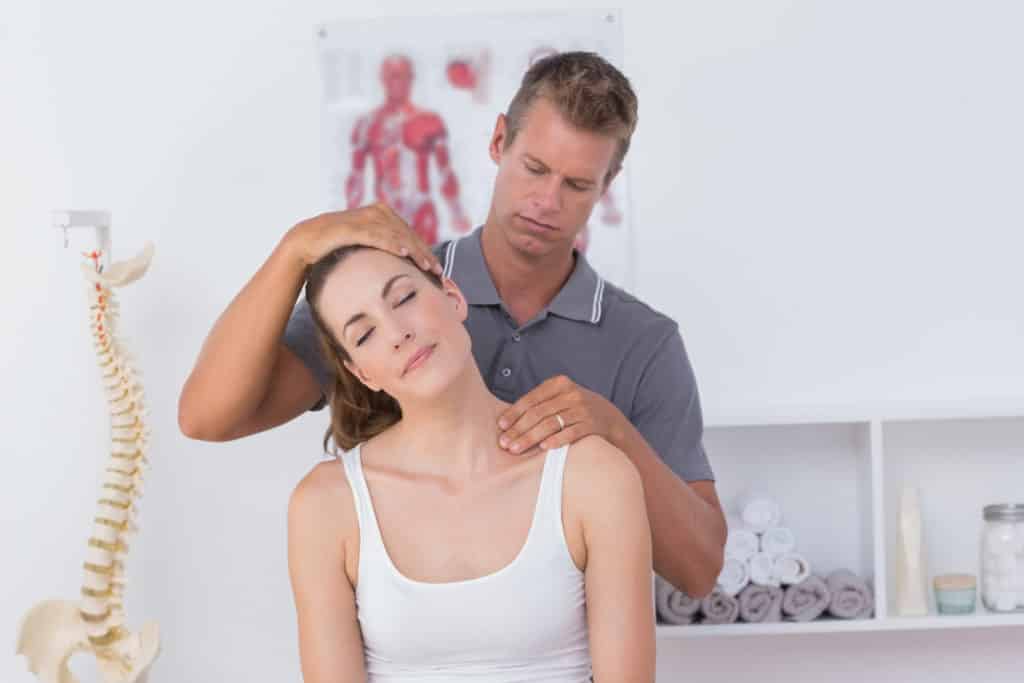
Techniques Used in Chiropractic Care for Headache Relief
A variety of techniques to address spinal misalignments and help with headaches. Here are some of those techniques:
Spinal Adjustments: Adjustments involve applying gentle pressure or thrusts to specific areas of the spine to restore proper alignment.
Soft Tissue Therapy: Chiropractors may incorporate soft tissue techniques such as massage, trigger point therapy, or myofascial release to relax tense muscles, improve circulation, and reduce inflammation in the surrounding tissues.
Postural Correction: Poor posture can contribute to spinal misalignments and exacerbate headache symptoms. Chiropractors may provide guidance on ergonomic adjustments, stretches, and exercises to improve posture and alleviate strain on the spine.
Lifestyle Recommendations: Chiropractors may offer lifestyle advice on nutrition, stress management, exercise, and ergonomics to help prevent headaches and promote overall health and well-being.
Overall, chiropractic care offers a natural and effective approach to headache relief by addressing spinal misalignments and promoting spinal health. By restoring proper alignment and function to the spine, chiropractors can help provide long-lasting relief from headache pain.
Choose Grant Chiropractic
Dr. Grant at Grant Chiropractic offers personalized care to help with headaches, providing tailored treatments to alleviate discomfort and improve overall well-being. We can treat a wide range of other injuries and health issues, as well, including whiplash treatments, back pain, and hip pain. Contact us today to request an appointment and get your process started.

